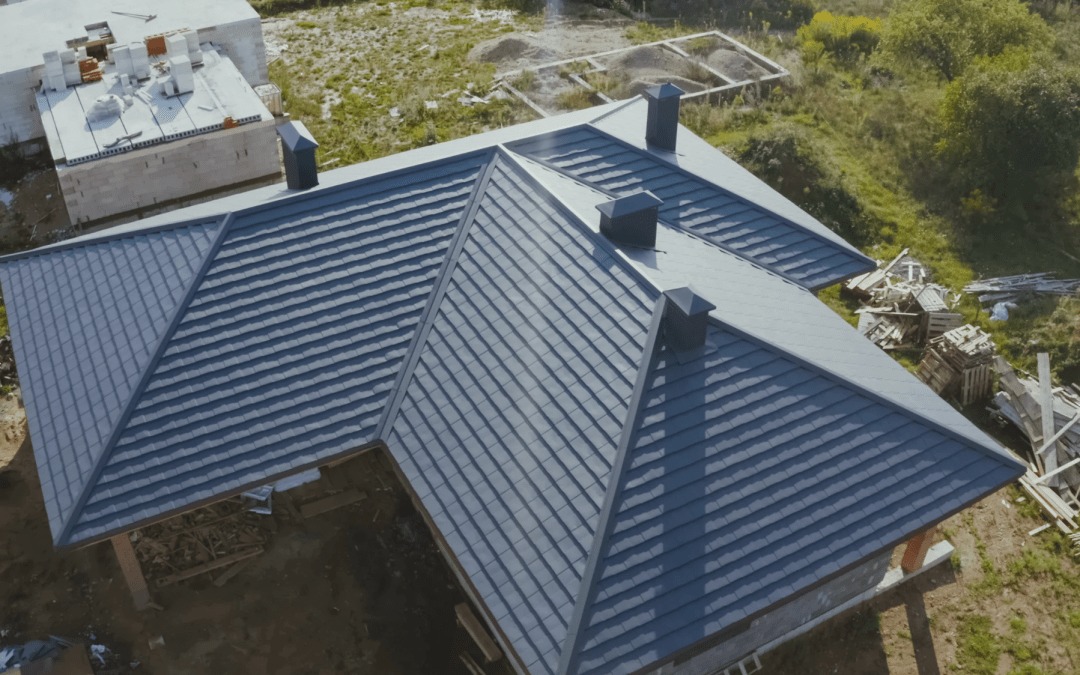Roof Ventilation Explained

We know that you’re tired of this topic, but in the words of my daughter “just 5 more minutes!” Roof ventilation is a combination of products working together to properly ventilate attic space air. We’ll be focusing on the exhaust portion of ventilation, specifically ridge ventilation panels and ridge cap shingles.
Metal or Plastic: There are 2 basic categories of ridge vent, 10’ metal ventilation panels and plastic ventilation products. Metal ridge vent has one HUGE drawback, its flimsy! Why is this such a big deal; over time the fasteners securing the ridge panels are pulled out due to the wind vibrating the thin metal panels. Traditionally metal ridge ventilation was installed with 1 ¼” nails, fast forward to the future and we’re now using plastic vent panels installed with factory supplied 2 ½” ring shake nails.
Your attic is a gigantic oven sitting on top of your home: That’s the easiest way that we can explain the need for proper exhaust ventilation. An improperly ventilated attic will hold hot air in your attic space. This causes two things to happen: your living spaces will remain hotter, and your HVAC unit will work harder to cool your home. If that wasn’t enough to grab your attention, an improperly ventilated attic will (over time) literally bake your shingles from underneath!
Ridge cap shingles…what’s the big deal: Ridge cap shingles are designed for one purpose, to FLEX! If you’ve ever had the “pleasure” of helping your dad install a roof on a weekend in the 90’s you’ll surely remember 2 things…getting yelled at, and cutting shingles for the ridge. Your dads way of dealing with the ridge was to cut 3 tab shingles into 3 equal sections so that they would fit over the ridge of the roof. We’re adults now, and we have a much better way of doing things! What our dads didn’t know back then was that 3 tab shingles were designed to lay flat, and that over time the tar sealant would fail due to being bent. As stated earlier, hip and ridge cap shingles are designed to follow the curvature of the ridge vent. As an added benefit, these shingles are perforated so that they can be easily separated instead of having to be cut!

